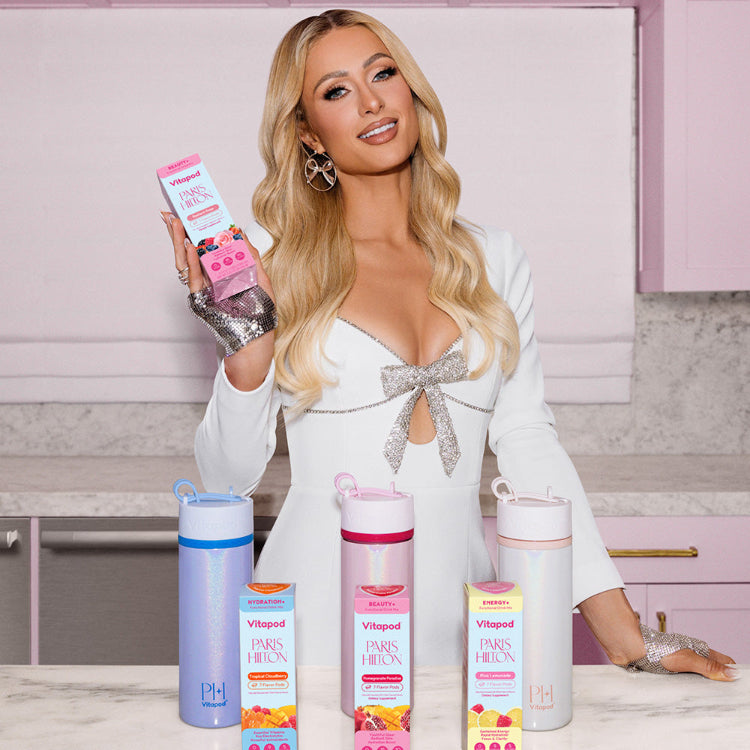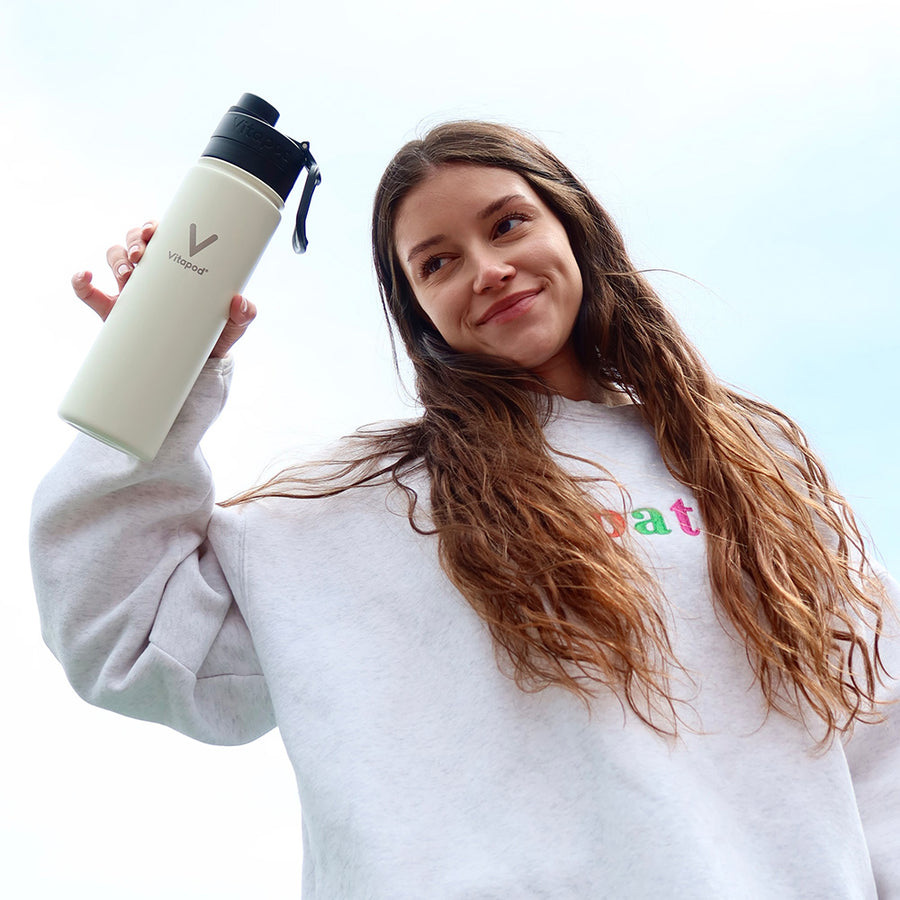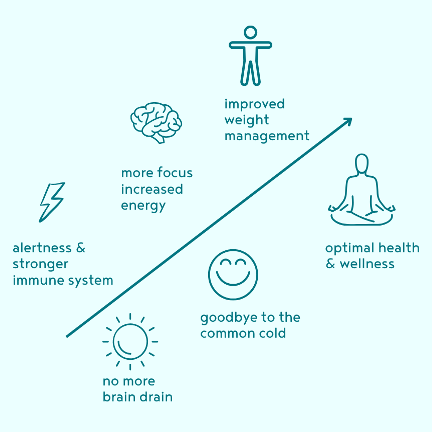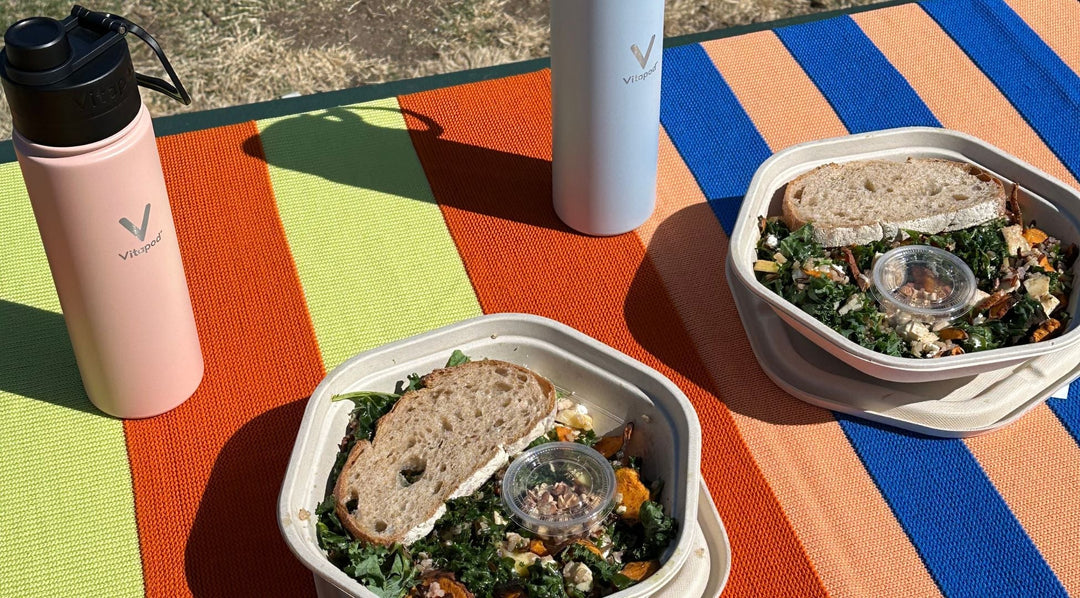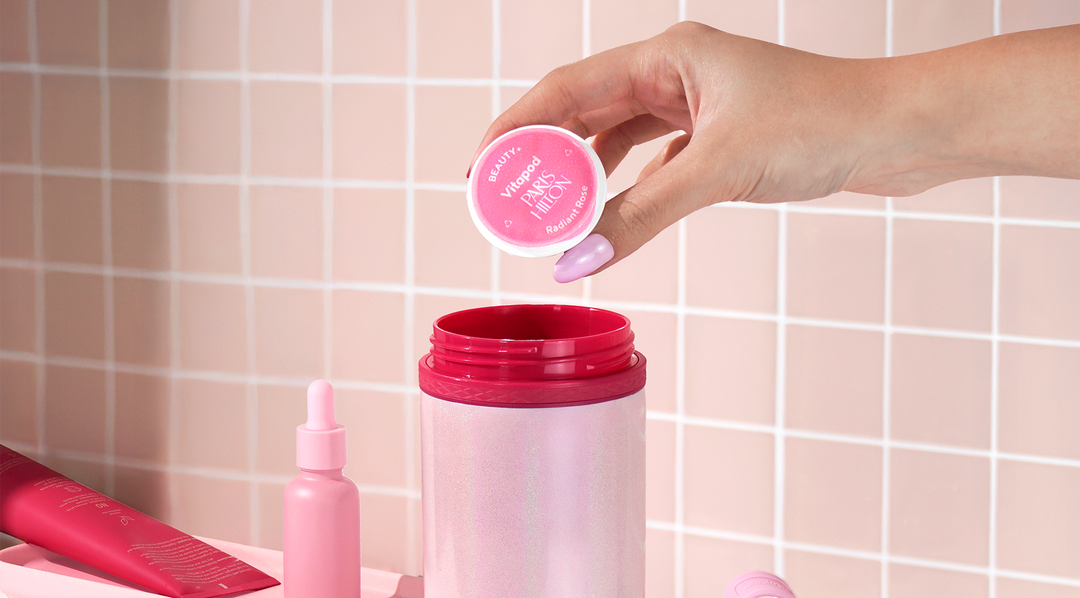Vitapod Hydra+: Healthier Than Water
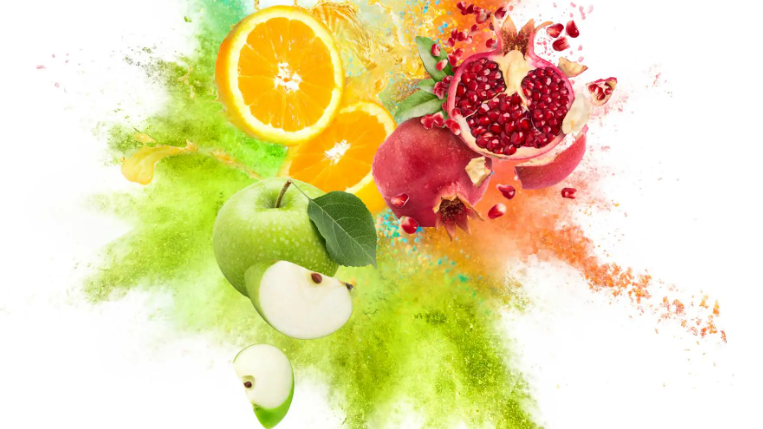
By Dr. David Nieman, DrPHD, FACSM
Our classic Hydra+ pods come in four delicious flavors: Blueberry Pomegranate, Watermelon, Pineapple Coconut, and Cotton Candy. With each pod specifically designed to be healthier than water. Bold statement, we know. Let us explain ourselves.
Each pod in the Hydra+ collection includes vitamins A, C, D, E, folic acid, calcium, magnesium, potassium and flavonoids – which are plant-based antioxidants. Flavonoids make up the pigmentation in plants to protect them from UV radiation and viruses. The reported health benefits of flavonoids are never-ending – they are anti-inflammatory, immune strengthening, lower the risk of dementia, and have many other benefits you can find here.
What we love about Hydra+
- Includes essential micronutrients, flavonoids, and electrolytes for ultimate hydration.
- Low in sodium.
- ZERO sugar.
- Low calorie (8 calories a pod).
- No artificial flavors or colors.
- Oh, and on top of that, it tastes delicious.
Let’s talk about dehydration.
75% of Americans are chronically dehydrated – symptoms include headaches, tiredness, muscle cramps and dizziness. Dehydration leaves your brain function scattered and let’s not get into the irritable mood that goes alongside it. But we don’t have to convince you that staying hydrated is important. So why not do it with a delicious, vitamin-packed drink?
So what makes Hydra+ so hydrating?
Electrolytes! The electrolytes we use are sodium and potassium which when combined with our essential vitamins and flavonoids help retain water in your body. But that isn’t the only benefit of Hydra+ our vitamins, minerals, and flavonoids (deriving from decaffeinated green tea extract) have been formulated to help you reach your nutrition goals on top of getting you hydrated.
No sugar? And it tastes good?
We know how this sounds. Too good to be true, right? But don’t just take our word for it. Give Vitapod a try and see for yourself. With studies indicating that the average adult adds 300 calories a day to their diet from sugary drinks, drinks which have been linked to the obesity epidemic among other ailments, cutting or lowering sugar was an important mission for us at Vitapod. And we haven’t sacrificed taste - our Hydra+ pods unique flavors will make your taste buds do a double take.
REFERENCES:
- PopkinBM, D'Anci KE, Rosenberg IH. Water, hydration, and health. Nutr Rev. 2010;68(8):439–458. doi:10.1111/j.1753-4887.2010.00304. https://pubmed.ncbi.nlm.nih.gov/20646222/
- Armstrong LE, Johnson EC. Water intake, water balance, and the elusive daily water requirement. Nutrients. 2018;10(12):1928.https://pubmed.ncbi.nlm.nih.gov/30563134/
- Cheuvront SN, Kenefick RW, Charkoudian N, Sawka MN. Physiologic basis for understanding quantitative dehydration assessment. Am J Clin Nutr. 2013;97(3):455–462. https://pubmed.ncbi.nlm.nih.gov/23343973/
- Jéquier E, Constant F. Water as an essential nutrient: the physiological basis of hydration. Eur J Clin Nutr. 2010;64(2):115–123. https://pubmed.ncbi.nlm.nih.gov/19724292/
- QuattriniS, Pampaloni B, Brandi ML. Natural mineral waters: chemical characteristics and health effects. Clin Cases Miner Bone Metab. 2016;13(3):173–180. https://pubmed.ncbi.nlm.nih.gov/28228777/
- Drewnowski A, Rehm CD, Constant F. Water and beverage consumption among adults in the United States: cross-sectional study using data from NHANES 2005-2010. BMC Public Health. 2013;13:1068. https://pubmed.ncbi.nlm.nih.gov/24219567/
- MalisovaO, Athanasatou A, Pepa A, et al. Water intake and hydration indices in healthy European adults: The European Hydration Research Study (EHRS). Nutrients. 2016;8(4):204. https://pubmed.ncbi.nlm.nih.gov/27058557/
- Braun H, vonAndrian-WerburgJ, Malisova O, et al. Differing water intake and hydration status in three European countries-a day-to-day analysis. Nutrients. 2019;11(4):773. https://pubmed.ncbi.nlm.nih.gov/30987139/
- Benton D, Jenkins KT, Watkins HT, Young HA. Minor degree of hypohydration adversely influences cognition: a mediator analysis. Am JClinNutr. 2016;104(3):603–612. https://pubmed.ncbi.nlm.nih.gov/27510536/
- Suh H,KavourasSA. Water intake and hydration state in children. Eur J Nutr. 2019;58(2):475–496. https://pubmed.ncbi.nlm.nih.gov/30506317/
- BelvalLN, Hosokawa Y, Casa DJ, et al. Practical hydration solutions for sports. Nutrients. 2019;11(7):1550. https://pubmed.ncbi.nlm.nih.gov/31324008/
- Thomas DT, Erdman KA, Burke LM. American College of Sports Medicine Joint Position Statement. Nutrition and Athletic Performance. MedSciSports Exerc. 2016;48(3):543–568. https://pubmed.ncbi.nlm.nih.gov/26891166/
- Institute of Medicine of the National Academies. Water. Dietary Reference Intakes for Water, Sodium, Chloride, Potassium and Sulfate. Washington, D.C: National Academy Press; 2005. pp. 73–185.https://www.nationalacademies.org/our-work/dietary-reference-intakes-for-electrolytes-and-water
- Burke LM, Castell LM, Casa DJ, et al. International Association of Athletics Federations Consensus Statement 2019: Nutrition for Athletics.IntJ Sport Nutr Exerc Metab. 2019;29(2):73–84. https://pubmed.ncbi.nlm.nih.gov/30952204/
- Evans GH, James LJ,ShirreffsSM, Maughan RJ. Optimizing the restoration and maintenance of fluid balance after exercise-induced dehydration. J Appl Physiol (1985). 2017;122(4):945–951. https://pubmed.ncbi.nlm.nih.gov/28126906/
- SollanekKJ, Tsurumoto M, Vidyasagar S, Kenefick RW, Cheuvront SN. Neither body mass nor sex influences beverage hydration index outcomes during randomized trial when comparing 3 commercial beverages. Am J Clin Nutr. 2018;107(4):544–549. https://pubmed.ncbi.nlm.nih.gov/29635499/
- Pérez-IdárragaA, Aragón-Vargas LF. Postexercise rehydration: potassium-rich drinks versus water and a sports drink.Appl Physiol Nutr Metab. 2014;39(10):1167–1174. https://pubmed.ncbi.nlm.nih.gov/25017113/
- United States Department of Health and Human Services and United States Department of Agriculture. Dietary Guidelines for Americans, 2015–2020. 8th ed Washington (DC): US Department of Health and Human Services and USDA; 2015.https://www.dietaryguidelines.gov/current-dietary-guidelines/2015-2020-dietary-guidelines
- FerruzziMG, Tanprasertsuk J, Kris-Etherton P, Weaver CM, Johnson EJ. Perspective: The role of beverages as a source of nutrients and phytonutrients. Adv Nutr. 2020 May 1;11(3):507-523. https://pubmed.ncbi.nlm.nih.gov/31755901/
